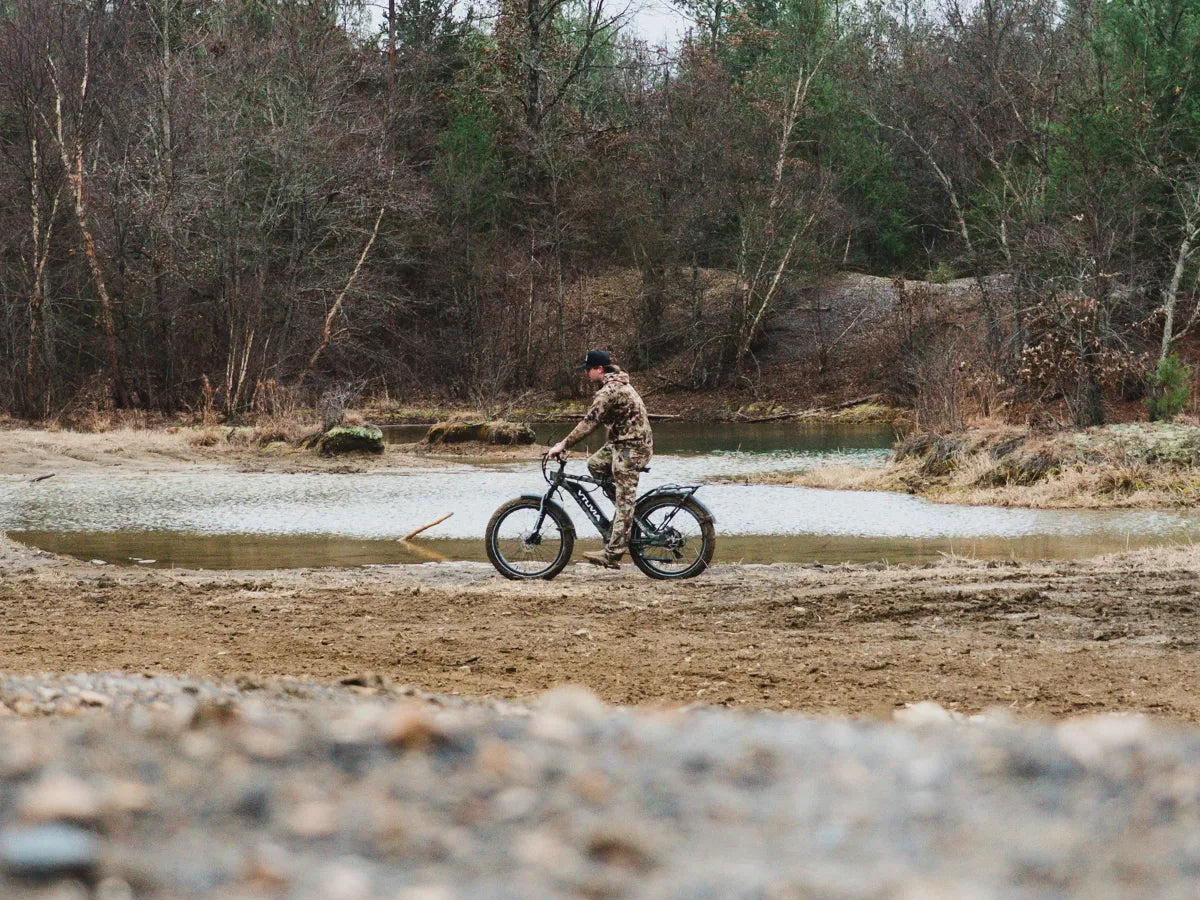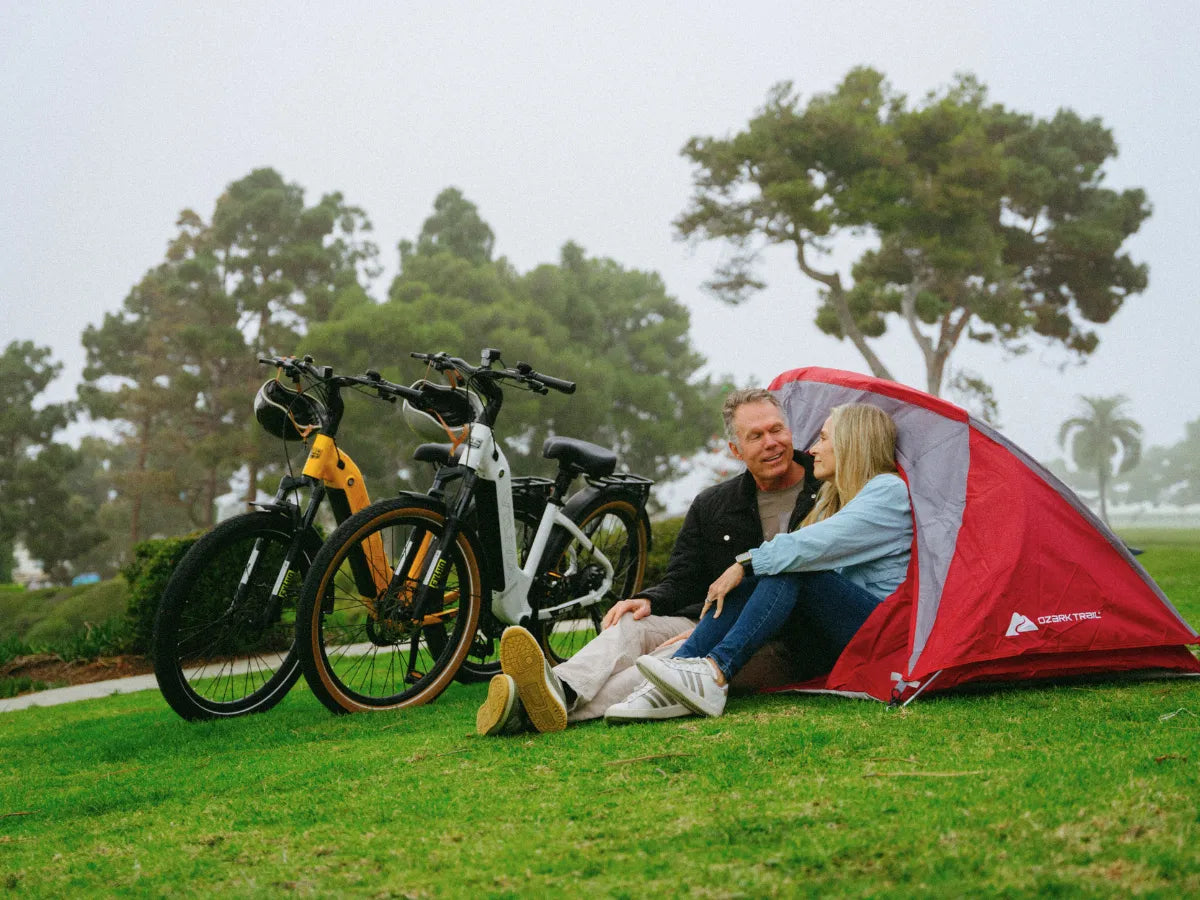As temperatures continue to drop, the need for proper storage for electric bikes is important to increase its longevity and performance. Batteries are an essential component in electric bikes. VTUVIA eBike batteries have an average charge life of 30 miles and a lifespan of up to 1,000 full charges (that is, from a dead to full battery).

First tip. So in cold weather, your battery is just not going to be as effective, whether that's charging your battery, it's going to take longer, or powering your bike, it's just not going to be as strong. So what you want to do is keep your battery inside the house where it's warmer. You can store your bike outside, if your battery detaches, like this one. You can slide the battery out, keep it inside, where it's warm, charge it inside, where it's warm, and just bring it out when you're ready to ride.
- Do not store it fully charged or on the charger all winter.
- Store the battery with a charge level between 40% and 80%. The average battery charge is 30 miles.
- Store the battery in a location that will not experience extreme temperatures (either hot or cold), such as an insulated garage or in your home.
- Store the battery in a dry location.
- Don't leave the battery on the charger for prolonged periods of time. Although most chargers have an auto-off function, you'll want to be sure there aren't any issues and store the battery off the charger.
- Every one or two months, check the charge level of your battery. If it has changed, be sure to charge the battery back to the 40% - 80% level.
- Charge the battery in a location where a hot battery or charger (should a malfunction occur) would not cause a damaging fire.
Number two is prepared for shorter rides and more charging. Since we know that our batteries are not as effective in cold weather, just keep that in mind before going out on a bike ride. Your battery might not last as long as you're used to it lasting, and you might have to charge it more frequently than you're used to as well.

If you can grab an extra battery, keep that one charged and bring it along with the ride with you, especially if you're going on a really long ride. Or just avoid the long rides altogether because it's cold and maybe you don't want to be out in the cold for that long.
Our third tip is to protect your battery from rain. With cold weather, we often also get wet weather. And with this battery, it has a hard case. So it's pretty water-resistant, but you do want to look for any gaps, especially where the battery attaches to your bike. If you see a big gap or any spaces, it's a good idea to look into a wax sealant or some sort of water-resistant sealant, or even covering this area with a waterproof material, whether you have a pannier that's waterproof, that would help a lot, but just trying to avoid any water leaking into where the battery connects to your bike. It's also a good idea to check out your wire connections as well, which connect to the controller. If you see, again, any gaps in that area, water sealant or wax sealant is the way to go.
And number four, utilize your fenders. If you don't have fenders, definitely recommended for the cold, rainy months. It's going to prevent water from splashing onto your battery, from splashing up onto you and the cables. So definitely if you don't have them, something to look into for the wet winter months. But most of our VTUVIA e-bikes do come with fenders, so you won't have to worry too much about that.
Contact us today to schedule a consultation and get your bike running smoothly again. Click here to learn more about our products.





Share:
Guides For Stop Your Bike Brakes Squeaking And Squealing
Guides to Electric Bike Maintenance